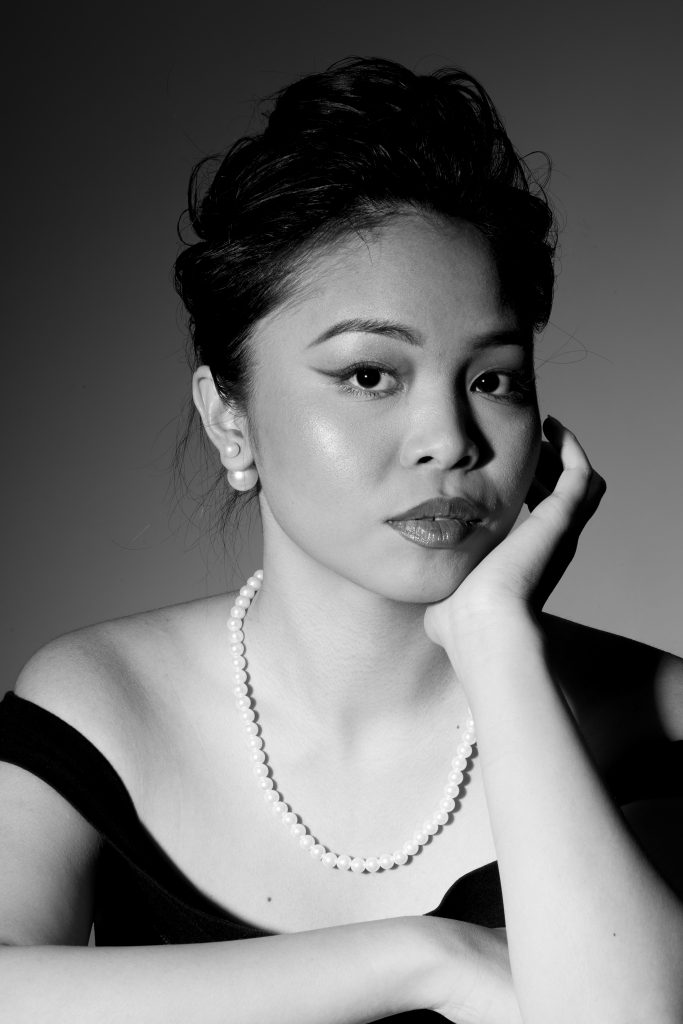An exploitation of America’s most notable celebrities
Written and Photographed by Hailee Williams
A woman is always seen, not heard. She’s picked apart piece by piece for the façade she is forced to put up to remain relevant. Look back in history, what do you remember these women for? Their beauty, their husbands, their image, or their fame. Do you really know them? Did you try to get to know them? Neither did they.
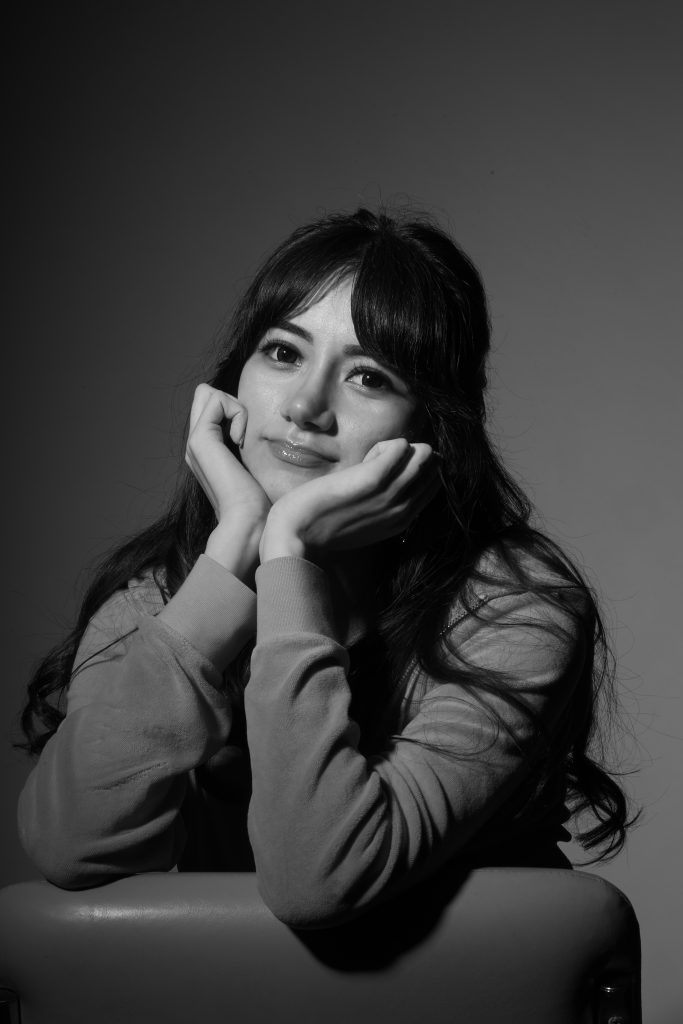
Marilyn Monroe, Jackie Kennedy Onassis, Princess Diana, and Britney Spears. These women have all fallen victim to the media. Paparazzi has harassed, tormented, and ultimately destroyed each one from the inside out. But how did it get this way? What rooted it inside of us to care and tear these women down with the tabloids? It mostly starts with the name “Ron Galella.”
In the 1960’s the godfather of paparazzi began his career. Galella was one of the only celebrity photographers whose work has been shown in museums and galleries beyond just the tabloid front pages. He would stop at nothing to capture the most imperfect image of these women, and his ability to be in the right place at the right time was impeccable. His goal was to photograph these idols during “unflattering” moments. Moments in which they were just merely existing.
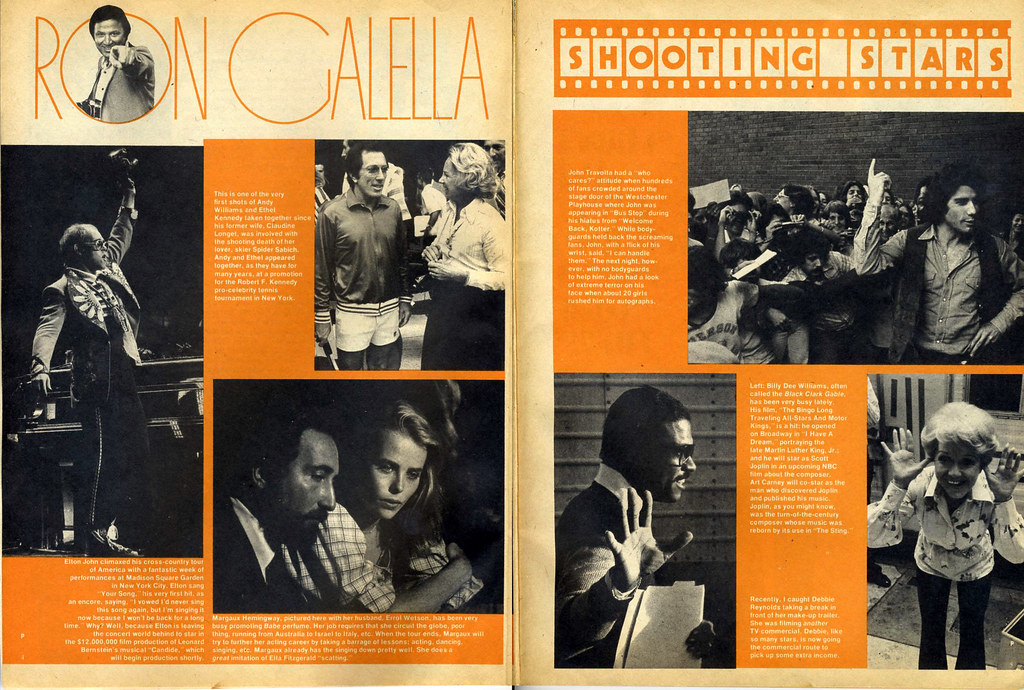
Magazine spread of Galella’s work. Photo courtesy of Creative Commons.
Galella would pay off apartment staff, friends, family, and just about anyone close to his subject to receive a schedule of the celebrity’s next move. For him, it was almost like a game. How can I be everywhere and nowhere at once?
Paranoia would set in for his subjects, rotting them from the inside out. They couldn’t trust anyone anymore. Their lives had just become another source of income. Imagine your every move being sold for millions of dollars, profitable for everyone but you.
The worst part is how Galella preferred his subjects to be looking at him in the eyes instead of at the camera. He believed it was much more personal and real to capture their reactions of their photographs being taken. These women would be forced to stare at the person who is about to profit off your worst moment. The headlines flashing before your eyes.

Layla San Miguel as Marilyn Monroe.
When we think of Marilyn Monroe, we think of glamor, beauty, and fame. She is an icon whose legacy will last forever. Her beautiful smile, and unapologetic happiness seen on the front cover of every featured magazine.
Think about the iconic “Marilyn Monroe” moment where she’s holding her dress down while standing over a grate in New York City. Most people would be embarrassed! Not Marilyn, she is seen with the biggest smile on her face making history.
What we rarely do notice was the anxiety and depression she hid, eventually leading to her drug addiction. Her overdose shocked the world. The blonde bombshell struggled with bipolar disorder, insomnia, nightmares, and paranoia. But when we remember her, we never associate her with the real things she had to deal with. Instead, we associate her with the front that she put up for the world. For us. Ron Galella wanted to break through the Cinderella-like effect that Marilyn had and capture who she really is behind the façade.
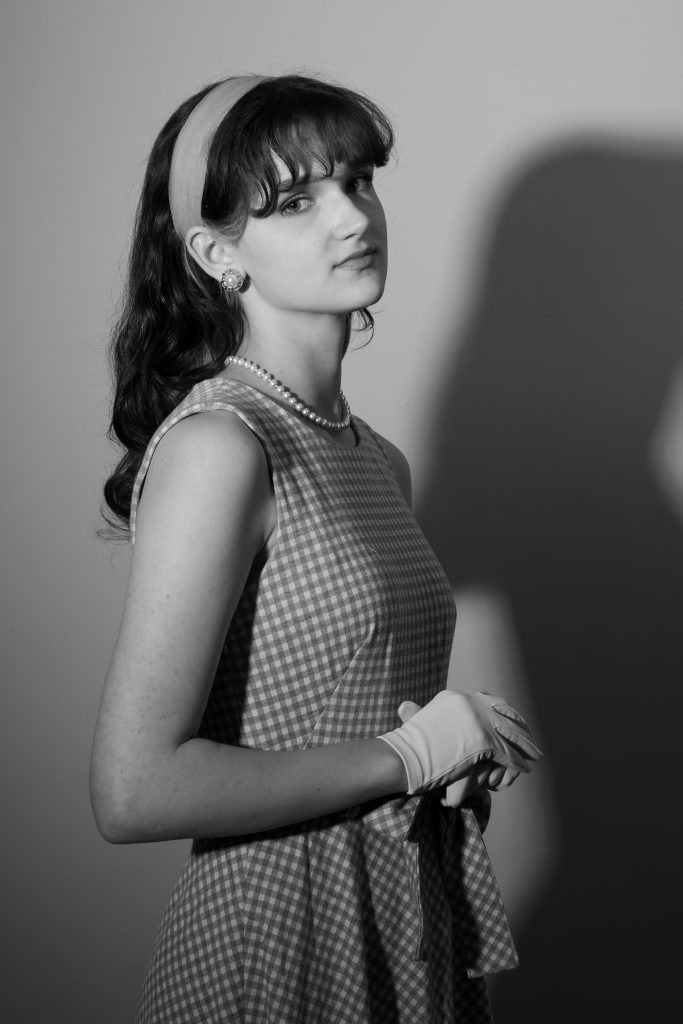
Elizabeth Efferson as Jackie Kennedy Onassis.
Jackie Kennedy Onassis took the paparazzi by storm. Although captivating, she was still fierce and acted against these ruthless photographers. She is also one of Galella’s most memorable victims, going so far as to take him to court after he tormented her children. He hid behind a bush while young Kennedy Jr. was on a bike path, and jumping from behind a bush, ultimately knocking him off towards oncoming traffic. He also entered the court of Caroline Kennedy’s tennis practice and danced around her snapping pictures and driving her to tears. Although the stunts made for memorable photos, at what point do we draw the line between press and harassment?
Jackie begged for protection from harassment to save her piece of mind. However, Galella argued for freedom of the press. But what would the press have to cover if there’s no one left to photograph? This case raised the question for many, how far is too far? At what point is it too much to hunt these people down and sell their mere existence away?
The court finally ordered a 50-yard restraining order from Jackie and 75 yards from her children. Galella thought this was unfair. He couldn’t believe the orders and fought against it until he was able to reduce it to being within 25 yards from Jackie. He then would famously carry around a 25-yard stick and pose with it, showing off his restraining order and that he could still capture her from a distance, and that nothing would stop him.
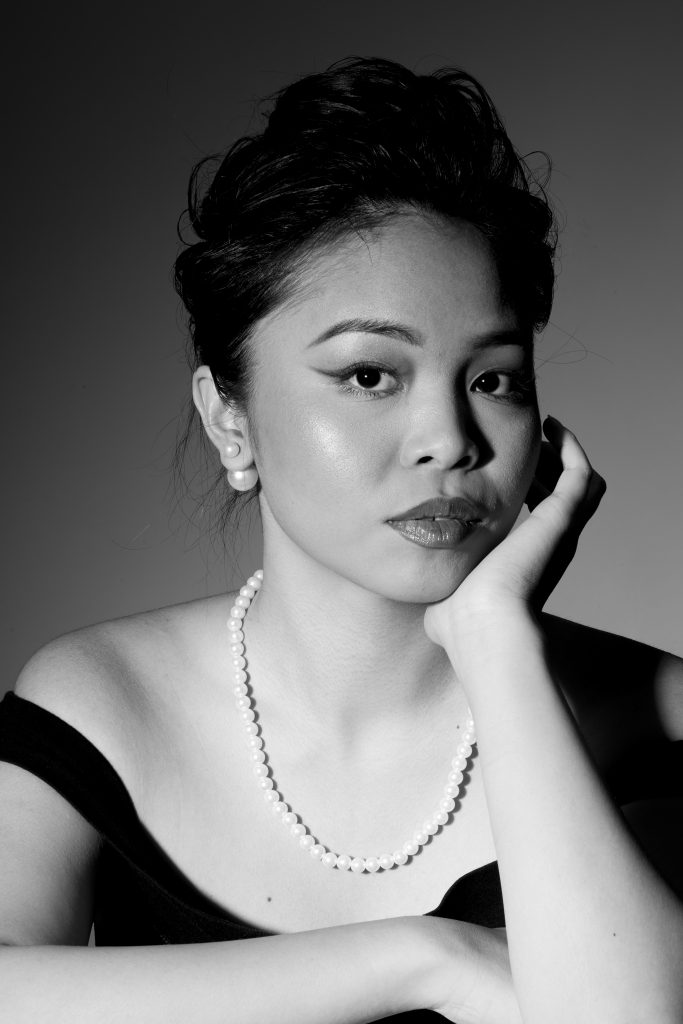
Mae Honark as Princess Diana.
Princess Diana Windsor, Princess of Wales was quite literally chased by paparazzi and the media to her death. For decades, she lived a life she couldn’t escape, people constantly trying to capture any image they could to create just another false narrative. The behavior of paparazzi that occurred around Princess Diana was derived from Galella. His persistent habits and lack of control inspired other photographers to do the same, even in the UK.
The death of Princess Diana, however, led to the conversation of the growing paparazzi problem. Those being photographed need protection for their mental health and well-being, and also to more importantly, save their lives. We see people like Prince Harry, Duke of Sussex and Megan Markle, Duchess of Sussex speaking up about the horrors and torment behind the camera in hopes to keep the conversation going and to put an end to this harassment.
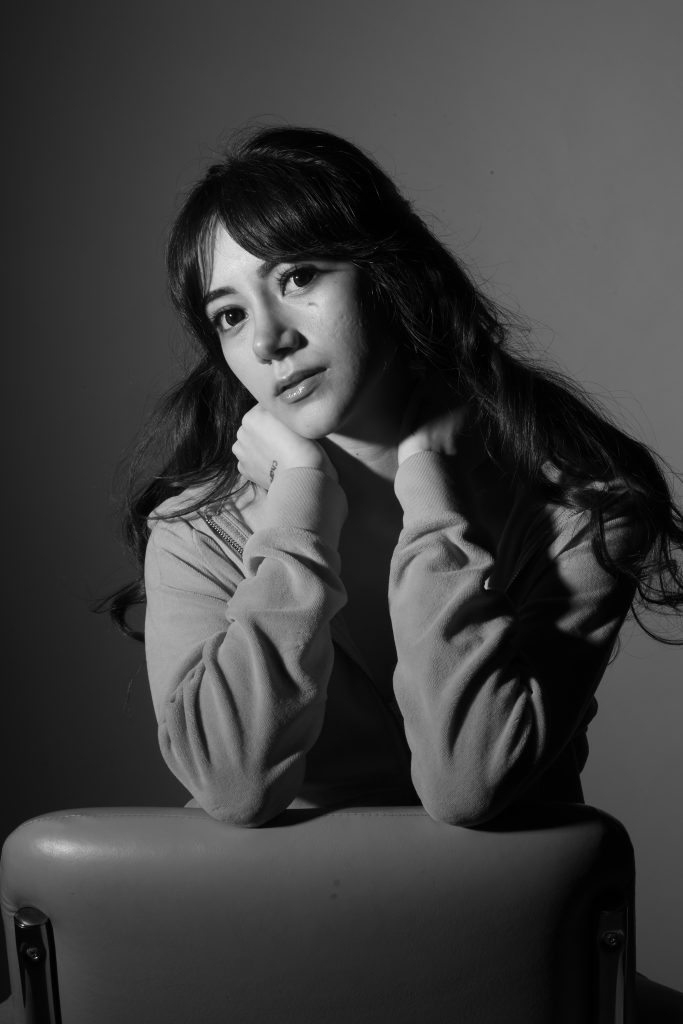
Juliet Soto as Britney Spears.
Britney Spears, honorifically nicknamed the “Princess of Pop”, also suffered greatly from the media. She was just fifteen years old when she rose to fame, and people often romanticized her youth, along with her “innocence.” It was in 2007, after her divorce with Kevin Federline, she started “acting out” and was forced into her now infamous conservatorship.
Because of Britney, most of the United States is now familiar with conservatorship, which is typically ordered by the court when someone is deemed unable to make their own decisions. Her father Jamie Spears was put in charge of not only Britney’s estate and financial affairs, but responsible for her as a person, even though she was far into her 30s.
With this, he could control who she saw, what she did, what she spent money on, and so much more. Her case came about when she was seen hitting a photographer’s car with an umbrella, and people were more than concerned when they heard news of her shaving her head. Obviously, these few actions permit you having your basic rights stripped away…
Take a step back. What story do you think sells more? Britney Spears dealing with a very public divorce? Or Britney Spears having a public meltdown leading to a court ordered conservatorship? The media took advantage of this low point of her life and drove her to conservatorship. Running with a narrative that wouldn’t have existed without them and their constant torment of the young starlet. If you were photographed constantly for over a decade (and still counting), wouldn’t you take your rage out on the photographers who are intentionally trying to destroy your career, and make millions off your mental breakdown? Suddenly, her actions don’t seem that far out of line.
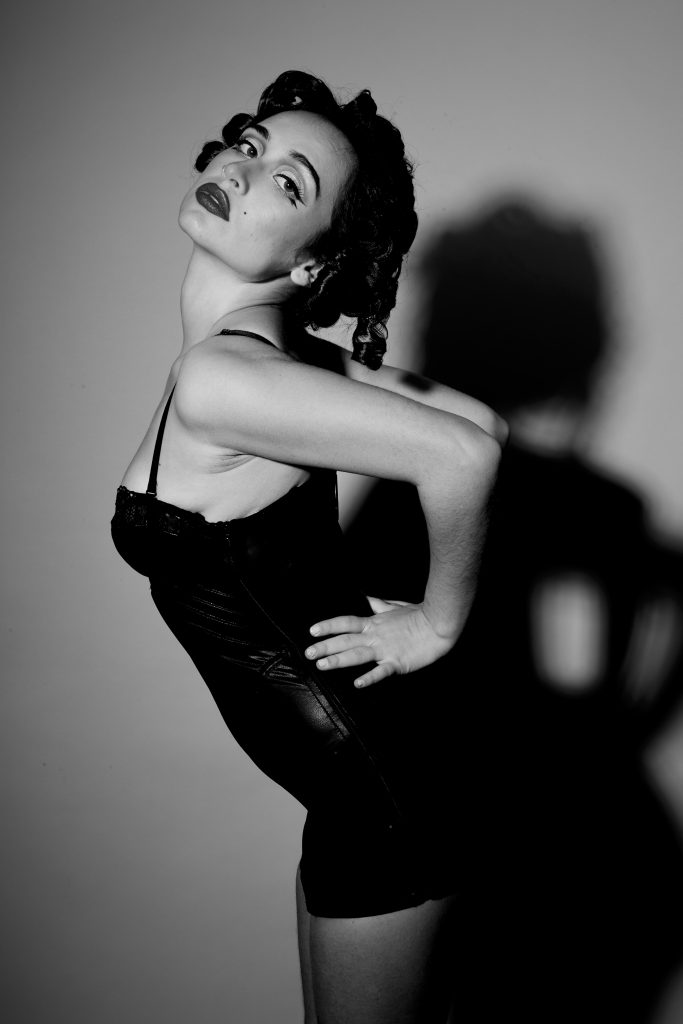
We all struggle to fully grasp the psychological effects that the paparazzi has had on these women, who at the end of day are no different than us. Consider how it would feel to never know if someone had their camera pointed at you potentially capturing one of your worst moments only for it to end up on the cover of a tabloid, or for you children of loved ones to be thrust into this spotlight.
The media has notoriously focused on the outbursts and actions of these women when their privacy is so brazenly breached but very seldom does it consider what this must truly be like to endure. Women like Marylin Monroe, Jackie Kennedy-Onassis, Princess Diana, and Britney Spears have each dedicated a large portion of their lives to work towards a better world for women in the spotlight. Every day we look back at these women and thank them for their strength and bravery.
Special thanks to stylists Megan Smith and Caroline Scott, models Elizabeth Efferson, Mae Honark, Layla San Miguel, and Juliet Soto, and shoot assistant Stella Temporal.
